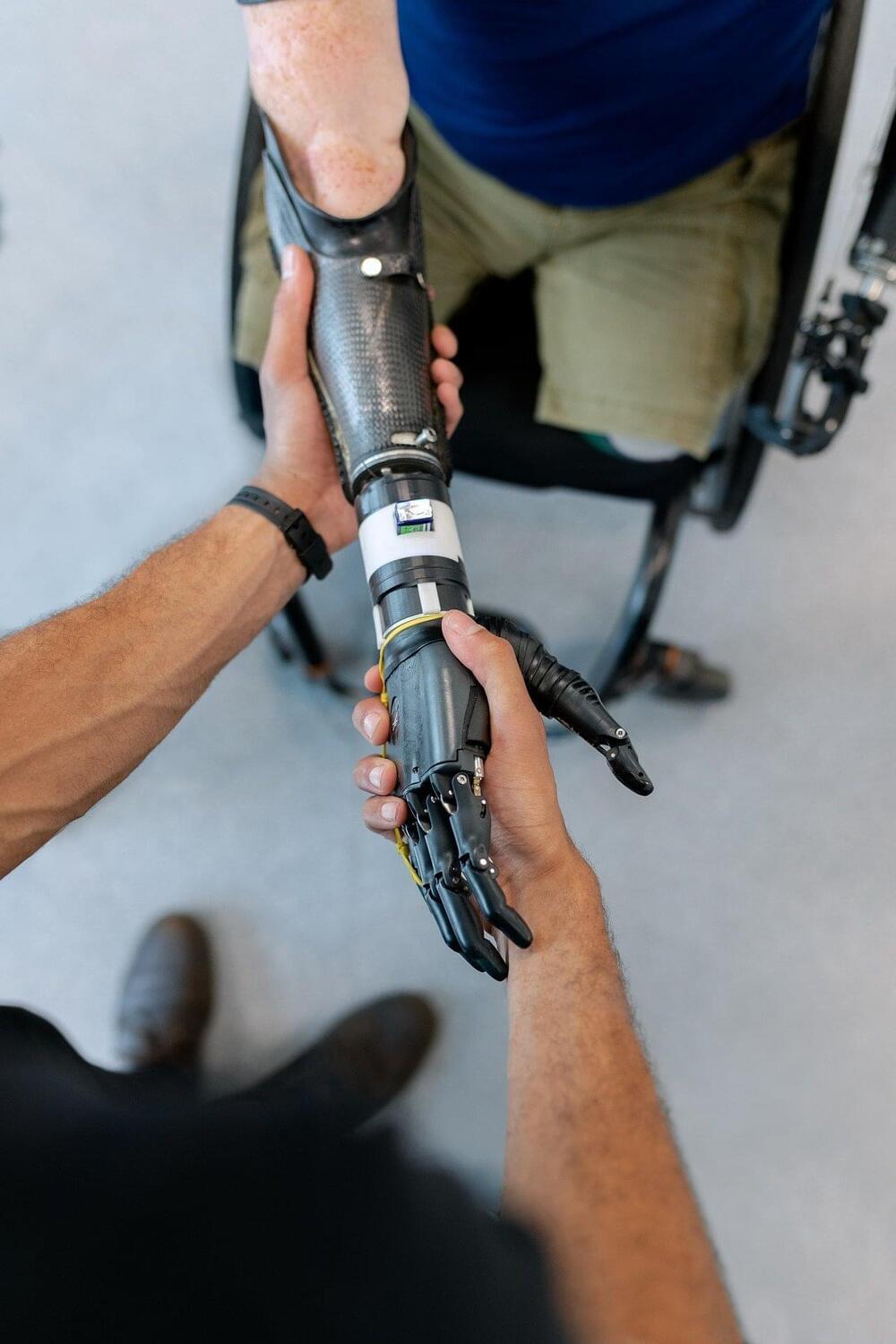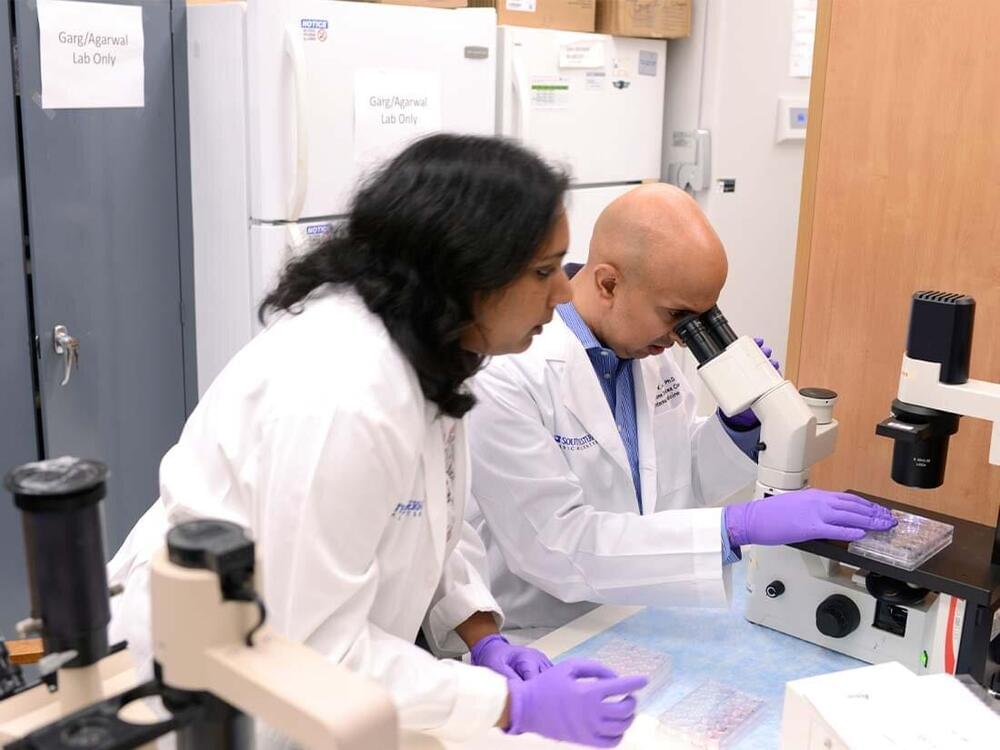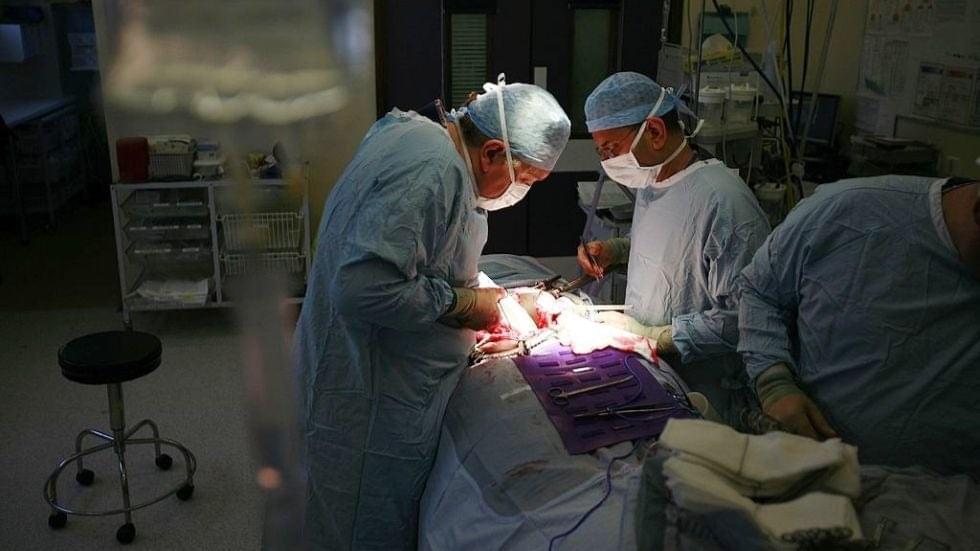Studying The Atoms Of Perception, Memory, Behavior and Consciousness — Dr. Christof Koch, Ph.D. — Chief Scientist, MindScope Program, Allen Institute.
Dr. Christof Koch, Ph.D. (https://alleninstitute.org/what-we-do/brain-science/about/te…stof-koch/) is Chief Scientist of the MindScope Program at the Allen Institute for Brain Science, originally funded by a donation of more than $500 million from Microsoft founder and philanthropist Paul G. Allen.
With his B.S. and M.S. in physics from the University of Tübingen in Germany and his Ph.D. from the Max-Planck Institute for Biological Cybernetics, Dr. Koch spent four years as a postdoctoral fellow in the Artificial Intelligence Laboratory and the Brain and Cognitive Sciences Department at MIT, and from 1987 until 2,013 was a professor at Caltech, from his initial appointment as Assistant Professor, Division of Biology and Division of Engineering and Applied Sciences, to his final position as Lois and Victor Troendle Professor of Cognitive & Behavioral Biology.
Dr. Koch joined the Allen Institute for Brain Science as Chief Scientific Officer in 2011 and became it’s President in 2015.
Dr. Koch’s passion are neurons, or what he refers to as the atoms of perception, memory, behavior and consciousness, including their diverse shapes, electrical behaviors, and their computational function within the mammalian brain, in particular in neocortex, and he leads the Allen Institute for Brain Science effort to identify all the different types of neurons in the brains of mice and humans – known as their cell census effort.




